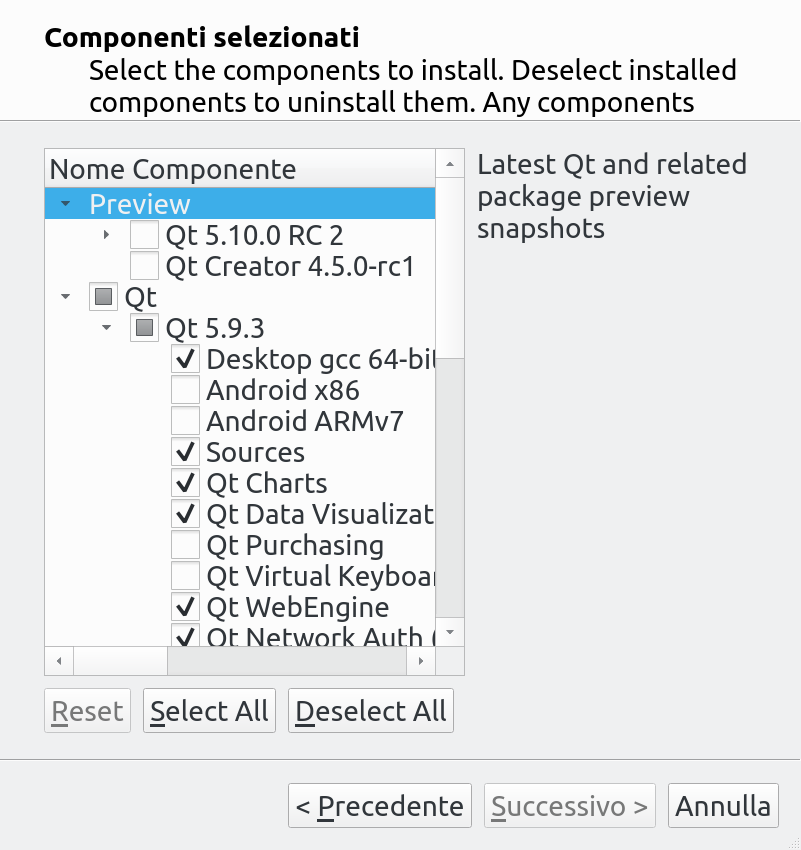


Luckily, I finally had a chance to try it out. Those who use Esri’s products might have heard of it already- Web AppBuilder for ArcGIS. It’s a shame that only recently I found out about a simple tool to build GIS web apps. And for a long time, I thought it will stay this way. So naturally, at some point, I’ve started to wonder: “How to suit existing solutions to my needs? Or even better, would it be possible to build my own GIS app?”įor me, a person without a computer science background and zero coding experience, creating a web app from scratch seemed unattainable. As everyone knows, the best solutions take into account the individual user’s needs and leave some room for customisation.

Yet still, there is no such thing as one-size-fits-all services.

Currently, hardly anyone can imagine his workflows without leveraging their benefits. They can also contact the instructor via email.Looking back at the developments in geospatial sciences, it’s easy to notice that web mapping applications have become an essential part of GIS. One of the advantages of this online platform, is that students can benefit of real time support and assistance offered by the instructor (2 hours per week), whom they can contact via direct messages, regarding course related issues, at any moment. The students will get familiar with the Management of Relational Databases Systems (RDBMS), the use of QGIS and other open source web mapping tools, that will allow the development of web GIS based applications and their distribution online without any need for paid subscriptions or licenses.ĭuring this course, the students will get the chance to develop their own web GIS based application, will understand how a fully operational web GIS server works, will follow all the necessary steps that lead to the development of a web GIS based application, from local developing to web upload and management.Įnrolled students in this online course will have access to our virtual e-learning platform (which is available 24 hours), where they will find the content of the course, practical exercises, forum discussion and additional content. Mastering these techniques (developing web GIS applications that runs on web GIS servers), they will be able to share their work on the web, generating high quality mapping products, for a better performance and visibility. The students will gain knowledge in the most important open source key tools like: QGIS, OpenGeosuite, GeoServer, PostGIS, GeoWEB and OpenLayers, tools that will easily allow the development of map viewers and different web applications. The course will introduce the student to the extensive OpenGeo Suite, a complex web mapping solution.


 0 kommentar(er)
0 kommentar(er)
